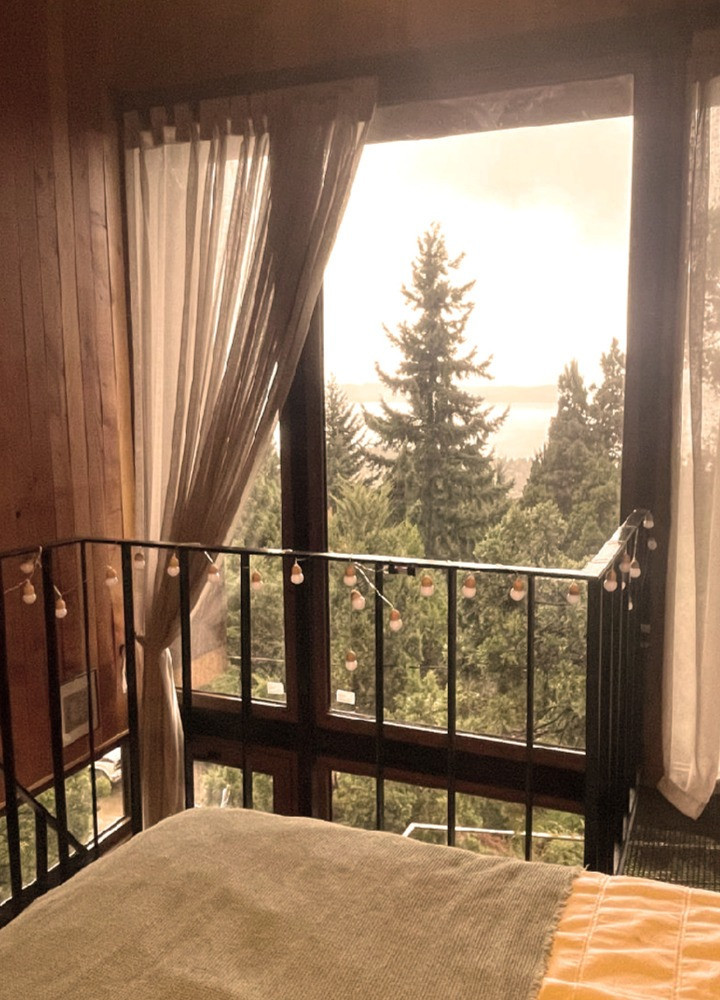5 key facts about this project
At its core, the project represents a harmonious fusion of form and function, designed to facilitate a range of activities while fostering a sense of community and well-being. The layout indicates a clear intention to enhance user experience, with spaces that are adaptable and supportive of both private and communal interactions. Each area of the building appears to be meticulously planned, allowing for easy navigation and promoting social connectivity among occupants.
The architectural design utilizes a variety of materials that are both durable and visually appealing. The inclusion of reinforced concrete in the structural framework allows for creative architectural expression while ensuring long-term stability. The choice of timber for certain elements introduces warmth and a natural tactile quality, enhancing the interaction between the building and its users. Notably, the use of large glass panels facilitates an abundance of natural light, creating bright and inviting interiors, and establishing a visual dialogue with the exterior landscape.
In terms of unique design approaches, the project employs sustainable practices that highlight a commitment to environmental responsibility. Features such as green roofs and rainwater harvesting systems not only contribute to energy efficiency but also enhance the building's ecological footprint. The thoughtful placement of windows maximizes passive heating and cooling, significantly reducing reliance on mechanical systems. These approaches reflect a broader understanding of architecture as a discipline that can contribute positively to sustainability.
Furthermore, the project's facade design stands out as a significant aspect of its architecture. By integrating diverse materials, such as stone cladding and metal accents, the building achieves a dynamic aesthetic that responds to the surrounding environment. This careful consideration of materials not only improves thermal performance but adds a layer of depth and interest to the visual appearance of the structure. The architectural forms utilized—whether angular or fluid—invite exploration and engage with viewers in a meaningful manner.
The project's interior spaces invite occupants to experience a seamless blend of comfort and functionality. Thoughtful details such as built-in furniture and custom cabinetry show an understanding of spatial efficiency while adding to the overall architectural design. Each room is designed with a clear purpose in mind, allowing for a diverse range of functions from quiet reflection areas to vibrant communal spaces.
Another important aspect of this architectural endeavor is its engagement with the local culture and community. Through the integration of public spaces, such as plazas or terraces, the design encourages social interaction and cultural exchange, positioning the building as a focal point within its context. By actively considering user needs and community dynamics, the project enhances the surrounding area, making it a more inviting place for residents and visitors alike.
In summary, this architectural project represents a commitment to innovative design that respects both user experience and environmental sustainability. Each element, from materials and layout to unique design approaches, has been selected to enhance function while contributing positively to the overall architectural narrative. For deeper insights into this project, including architectural plans, architectural sections, and architectural ideas, readers are encouraged to explore the project presentation in detail to fully appreciate the intricacies of its design and execution.


























